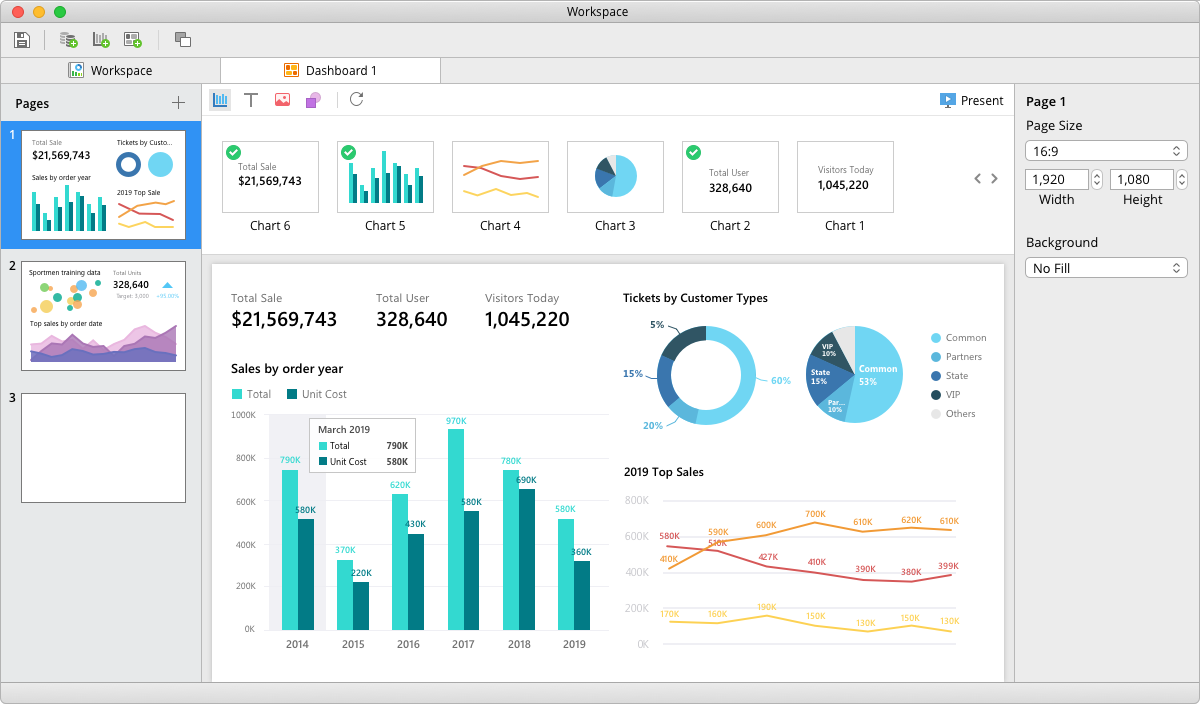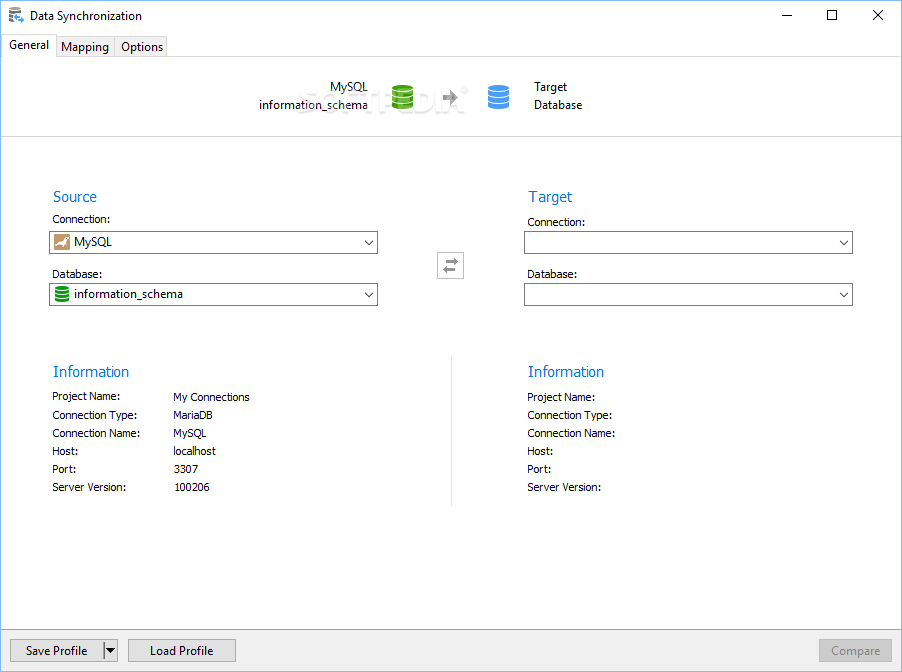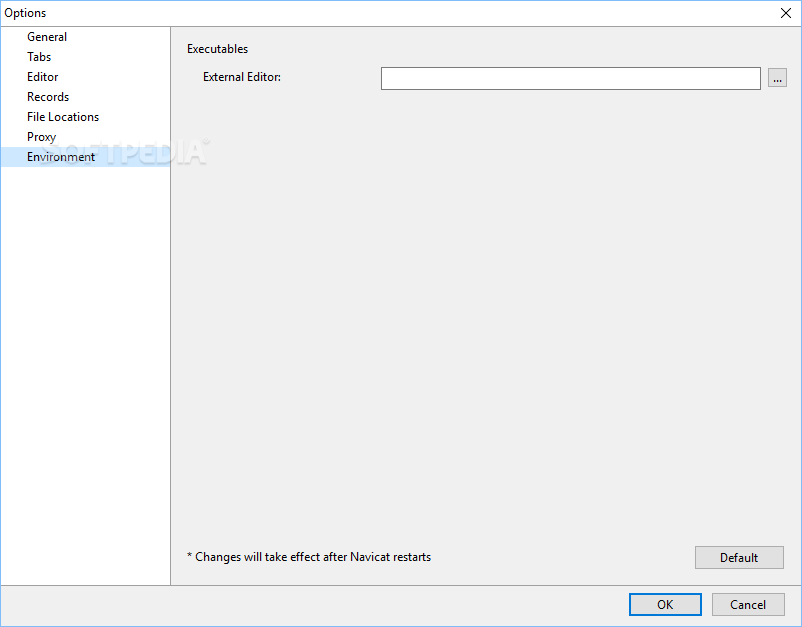

Evaluate table row counts: ensure that the two database tables have similar row numbers.Make a comparative study of object definitions: the objects are compared and differences shown.Evaluate the existence of objects in the two databases: ensure that both the databases acknowledges the objects.Evaluate database definitions: ensure both the databases are present.By default, when the first test fails, the utility stops, but with the help of run all tests options to run all the tests together irrespective of their final state.

You can show the count for every object type via –vv option. The objects chosen in the database comprise of views, procedures, events, functions, triggers and tables. You may see errors occur when data is changed during the comparative study. Remember the data shouldn't be changed during the comparison. You can skip the comparison of some databases via the –exclude option. So, you do not have to be specified but server 1 and server 2 alternatives are needed. Under such a situation, only the databases in common with similar name between the servers are efficiently compared. Under such a condition, db1 is taken from server 1 while db2 is taken from server 2.Īll the databases between both the servers can also be compared via the all option. However, they can also link to another server by stipulating the server 2 alternative. Users can also interlink to another serve by stipulating just the server 1 option. The comparison might just run against both databases of varied names on a singular server by suggesting only the server1 alternative. Make use of notation db1: db2 and name both the databases to compare or just compare DB1 to compare two databases under similar name. Variations in the data are seen in standard form of CSV, VERTICAL, GRID or TAB.

It acknowledges objects having separate definitions in both the databases and presents them in a separate style format of selection. The utility shows comparison between the data and objects from two databases to see differences.


 0 kommentar(er)
0 kommentar(er)
